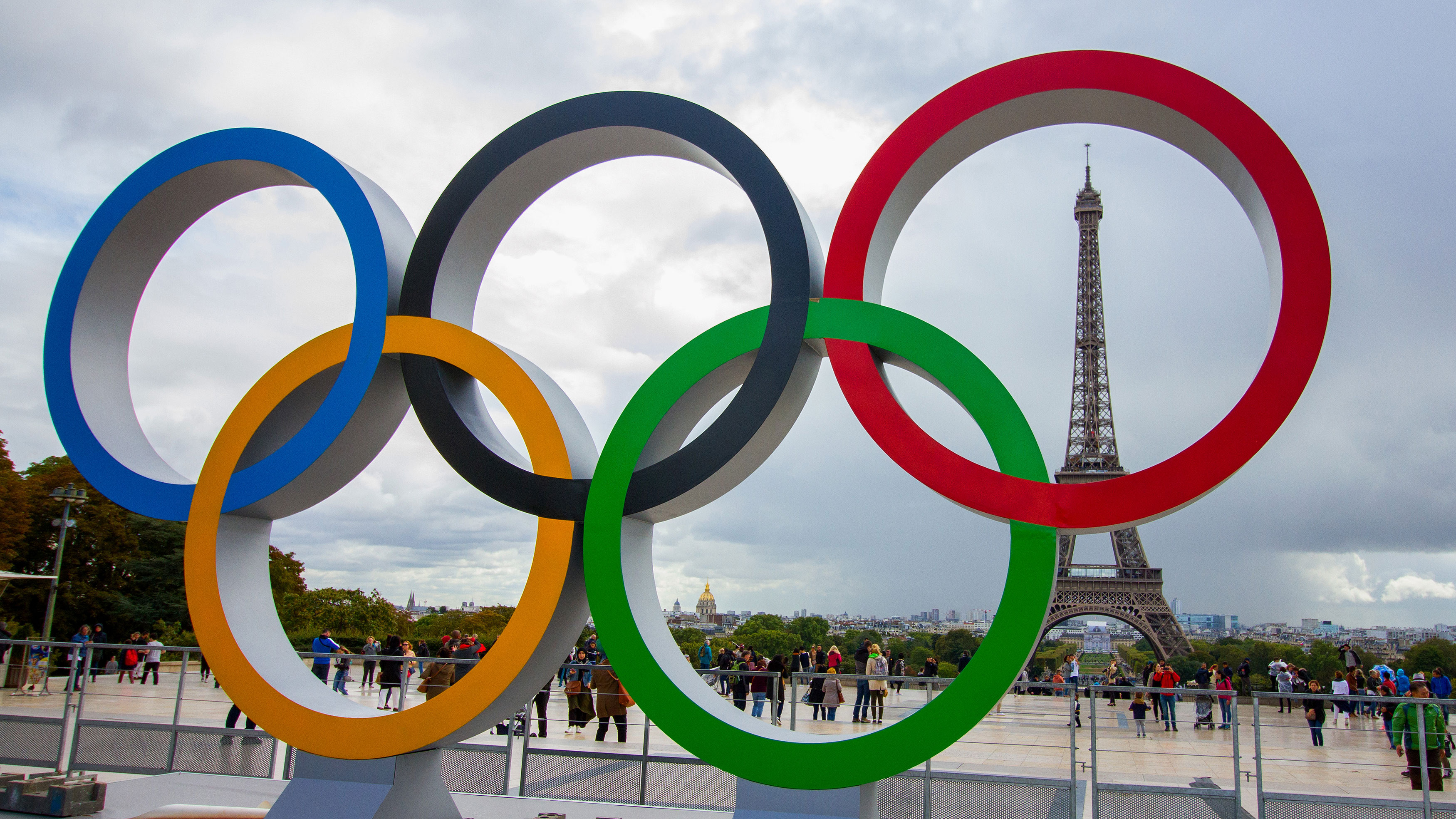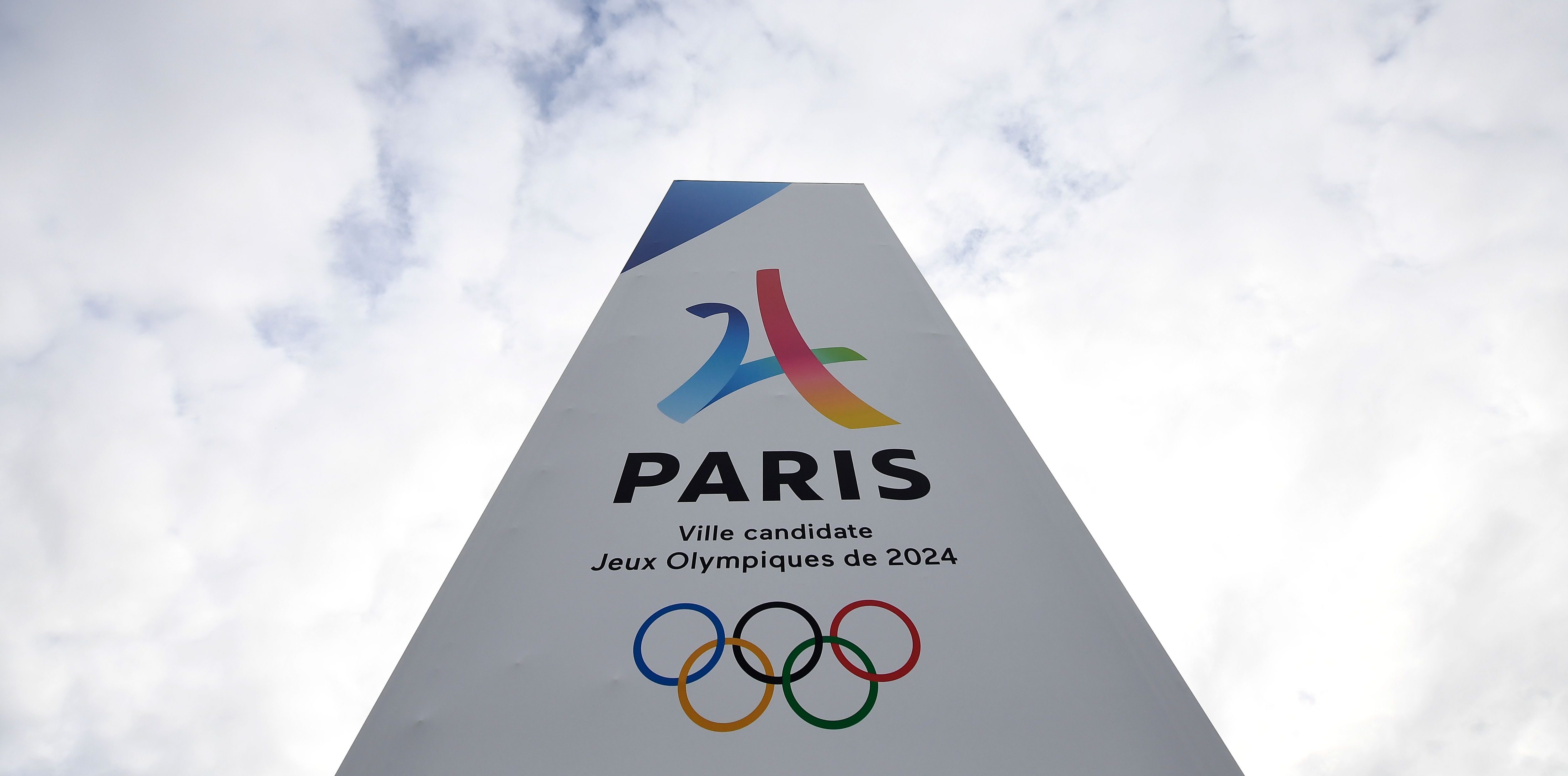There’s plenty to keep track of when it comes to Olympic track and field.
From sprints to distance running to throwing and jumping, athletics is one of the signature Olympic sports. With each event comes its own set of rules.
Before the runners take off, here’s a rundown of the most important track and field rules to know for the 2024 Olympics in Paris.
Olympic track and field events
Get top local stories in Philly delivered to you every morning. Sign up for NBC Philadelphia's News Headlines newsletter.
The track and field program for the 2024 Paris Olympics will feature 48 medal events:
- 100m (men’s/women’s)
- 200m (men’s/women’s)
- 400m (men’s/women’s)
- 800m (men’s/women’s)
- 1,500m (men’s/women’s)
- 5,000m (men’s/women’s)
- 10,000m (men’s/women’s)
- 110m/100m hurdles (men’s/women’s)
- 400m hurdles (men’s/women’s)
- 3,000m steeplechase (men’s/women’s)
- 4x100m relay (men’s/women’s)
- 4x400m relay (men’s/women’s/mixed)
- Marathon (men’s/women’s)
- Marathon race walk relay (mixed)
- Race walk (men’s/women’s)
- High jump (men’s/women’s)
- Pole vault (men’s/women’s)
- Long jump (men’s/women’s)
- Triple jump (men’s/women’s)
- Shot put (men’s/women’s)
- Discus (men’s/women’s)
- Hammer throw (men’s/women’s)
- Javelin throw (men’s/women’s)
- Decathlon (men’s)
- Heptathlon (women’s)
Olympic track and field event formats
Most track and field events feature heats or some other form of qualifying ahead of the event final. This includes all races between 100m and 5,000m, jumping events and throwing events. The top three finishers in the finals earn gold, silver and bronze, respectively.
Others, such as the marathon, race walk, 10,000m, decathlon and heptathlon, only include a final.
Olympic track and field rules
Here’s a breakdown of key rules for various track and field events:
Olympic sprinting rules
Olympic sprints, hurdles and relay races begin with starting blocks. A starting pistol is fired after all racers are in position and the race begins.
Any runner who begins their starting motion before the starting gun is fired is given a “false start,” which results in disqualification. Athletes who run outside of their lanes in sprints, hurdles, the 4x100m relay and the portion of the 4x400m relay before the second lap running reaches the back straight are also subject to disqualification.
For 100m sprints and 110m/100m hurdles, racers are aligned in a straight line to start. Racers are staggered at the start of 200m, 400m, 400m hurdles, 4x100m relay and 400m relay.
The racer whose torso crossed the plane of the finish line first wins the race.
Olympic relay rules
Baton exchanges for the 4x100m and 4x400m relays must occur within a 20m changeover box that extends 10m in front of and behind the start of each leg.
Teams can be disqualified if the exchange happens outside the changeover box or if the baton touches the ground.
Olympic middle-distance rules
There are no starting blocks for races 800m or longer. Racers start in an upright position and begin after a starting gun is fired.
Runners are staggered at the start of 800m races, which feature a maximum of eight runners. Runners in the 800m must stay in their lanes through the first turn before they are permitted to break to the inside. A breakline violation occurs when a runner breaks too early and results in disqualification.
In the 1500m and steeplechase races begin with a group start and can feature up to 12 runners. There are no lane assignments, so competitors battle for the inside spots once the starting gun goes off.
For the steeplechase, runners can go over the barriers in any way so long as their feet or legs do not fall below the horizontal plane of the barrier when they are clearing it.
Olympic long-distance rules
The 5,000m and 10,000m use group starts.
When there are more than 12 competitors in a race, they can be split into staggered groups. The latter group runs on the outer half until clearing the first bend.
Olympic race walking rules
Competitors must be in contact with the ground at all times in race walking. The advancing leg must also be straight from the moment it touches the ground until it is in an upright position.
Six to nine judges are assigned to each Olympic race walk. The judges issue warnings to competitors for violating race walking rules, and competitors are disqualified if they receive warnings from three different judges.
Olympic high jump rules
High jumpers must jump off one foot.
If an athlete makes contact with the crossbar and it falls off its supports, it becomes a failed attempt.
Athletes have three attempts to clear a particular height. They can also pass on any one height and try for the next mark. If an athlete has two failed attempts at a certain height, skips it and then moves onto the next mark, the athlete must clear the new mark on their first attempt.
The last remaining athlete wins the event.
Olympic pole vault rules
Failed attempts in pole vaulting occur when the jumper knocks the crossbar off its support, moves their lower hand above their upper hand, moves their upper hand higher on the pole or steadies/replaces the bar during the attempt.
Pole vaulters are allowed to place substances on their hands and can use poles of any length and diameter. They are not, however, allowed to put tape on their hands unless it is there to cover an open wound.
Olympic long jump rules
Long jumps are measured from the takeoff line to the nearest break in the landing area made by any part of the jumper’s body.
Failed attempts in long jump occur when the jumper jumps from beyond the takeoff line, jumps from outside either end of the takeoff board or if the jumper touches the ground outside the landing area closer to the takeoff line than the nearest break made in the landing area.
Olympic triple jump rules
Olympic triple jumps are executed with three components: the hop, the step and the jump. The hop and jump are made from the same foot, while the step in between is made from the other.
Failed attempts are similar to those in long jumping.
Olympic throwing rules
Shot put, discus and the hammer throw feature a throwing circle, while javelin has a runway. Stepping out of the throwing circle or runway results in a failed attempt. Throwers must remain in the throwing area until their implement has touched the ground and all implements must fall completely within the landing area.
Athletes can only use tape on their hands to cover an open wound and gloves are only permitted for the hammer throw.
Olympic decathlon and heptathlon rules
All rules for the sports within decathlon and heptathlon are implemented the same way as they would be during individual events with two exceptions.
Decathlon and heptathlon athletes are only allowed three attempts in the long jump, shot put, discus and javelin. They are also allowed one false start in track events. A second false start results in disqualification.
2024 Paris Olympics track and field schedule
Athletics events for the 2024 Paris Olympics will be held from Aug. 1-11. The action concludes with the women’s marathon on Sunday, Aug. 11, the same day as the Closing Ceremony.
2024 Paris Olympics track and field venue
Stade de France will play host to all track and field events for the 2024 Paris Olympics. The venue, which is the country’s largest stadium, will also host rugby matches during the Games.





